Moby On Apocalypse and 'Innocents'
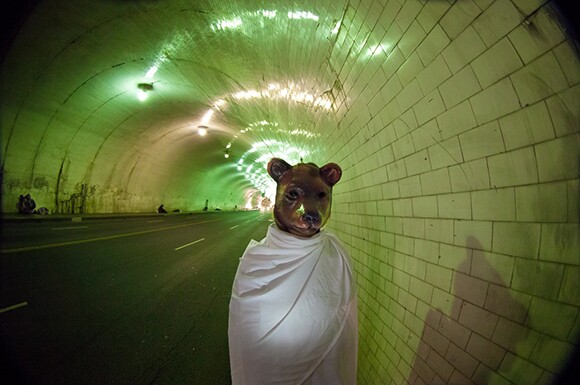
For multimedia artist Moby, it's all about the party after the apocalypse. Since the release of his 11th studio record "Innocents" last October, Moby hasn't allowed the collapse of the universe and/or New York, to slow him down. "Innocents," the fictional, post-apocalyptic cult explored on record and now on display at the Project Gallery in Hollywood, is a reflection of Moby's distorted love for his recently newfound Hollywood Hills home, and the predatory beauty lurking just outside the door. Born in New York, raised in Darien, CT, Moby spent his formative years as a New Yorker, and cemented his disdain for the city's cultural and artistic decline with an Op-Ed piece in Creative Time Reports. He says he has found rebirth in Los Angeles, which is now ground zero for artistic invention, the aforementioned apocalypse, and a city with the creative license to fail.
Upon entering the Project Gallery, with its sterile white walls supporting Moby's photographic visions of the Innocents and present day Los Angeles, a mild sense of dread overwhelms; a simultaneous counterbalance of innocent beauty and impending doom. Store bought, plastic animal masks and Day of the Dead-inspired faces comprise Moby's Innocents, and the hideously ridiculous visages recall the grotesque, surreal humor of Moby's friend and inspiration. David Lynch. "I like the idea that the Apocalypse happened a few years ago, and it's a slow, gradual process," Moby explained in a pre-show interview. "Many of us might not be aware that the Apocalypse has happened, but there's so much evidence to support that it has. Half the show is documenting this very odd apocalypse, and the other half is I've invented this fake cult; the cult of Innocents. They're the first post-Apocalyptic cult."
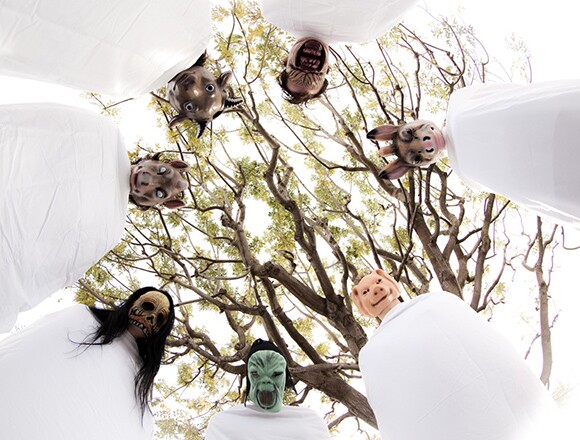

Masked, and clad in white robes, the Innocents seem freakishly out of place in our most common of L.A. landmarks: supermarkets and highways. But on record, and in their own isolated weirdness, the Innocents seem to indulge in a shared jubilation. A freakish Monkey woman floats in a pool. A Monkey Man shops in the pet aisle of a supermarket. "It's sort of a party," explains Moby. "Occasionally, they indulge in human sacrifice. They're finding their sea legs as it were. They've made a few mistakes." Like the Los Angeles of Bret Easton Ellis, the predatory lurks around every corner. The cityscapes are grey and littered with rare thunderclouds. With "Welcome," Moby captures a seemingly innocent young girl at play, but surrounds her with barbed wire and plants that seem like feral animals, ready to attack.

While Moby's main complaint about his former NYC home is that it has become "exclusively about success" and too expensive for artists, critics from The Gothamist to personal friends have been venomous. "I do find it interesting that some people in New York weren't very happy," recalls Moby. "I was like, 'Well, that's ironic, because most of them weren't born there.' I feel that in some small way, and having grown up in New York and lived there forever, it does give my perspective a degree of legitimacy. Even if someone disagrees with me, I find it a little odd that when someone moved from Cleveland to New York in 2007, they present themselves as a die-hard New Yorker. I'll be in New York, and someone will say 'When I moved here, things were so different,' and they moved there in 2000. Do you remember 1969 in New York? The subways were a little different."
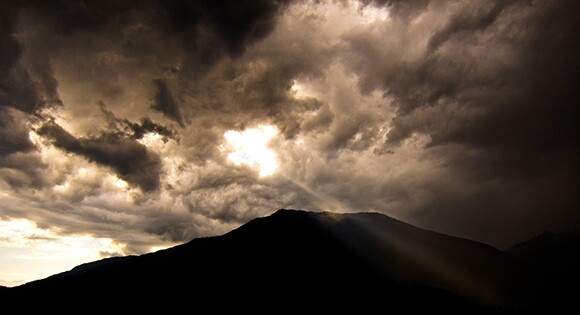
Moby has been a photographer since acquiring a Nikon 5 from his New York Times Vietnam War correspondent Uncle, and while music eventually eclipsed his passion, he never retired the hobby. In 2011, Moby the photographer became legitimate with a well-received gallery exhibit and photo book, "Destroyed," which detailed his concerts and the ghostly feeling of non-stop travel. "In the olden days, the craft of understanding your camera, aperture, film, exposure, chemicals and dodging and burning, was a very physical craft," recalls Moby. "Now, especially because I love to print big, it's about figuring out, once it's in the computer, how you can make the image viable in a very large printing capacity. It's like the big difference between a nice image on your I-Phone, and an image that is 5 ½ ft. It's quite challenging to get images to the point where they can be printed this big."
In the end, there is no finale or 3-act resolution, and that's just the way Moby likes it. When asked to expound on what he would like gallery visitors to feel, the gregarious, soft-spoken artist hesitates for a rare instance. "One of my goals, and I don't want to sound too much like a grad student, is that the way our brains process things is by compartmentalizing them," Moby finally explains. "We have immediate reactions to things, and that's what I love about masks and compositional elements, and combining them in ways like the monkey mask in the supermarket. On one hand, it's incredibly conventional, and incredibly unconventional. It's benign and malignant. I find a lot of conventional, narrative art a little pedantic, like the photographer or filmmaker tells you how to respond. I think people are a little more sophisticated, and ambiguity is a little bit more interesting. The emotion that I'm looking for people to have is...unsettled. I don't even know if unsettled is an emotion."
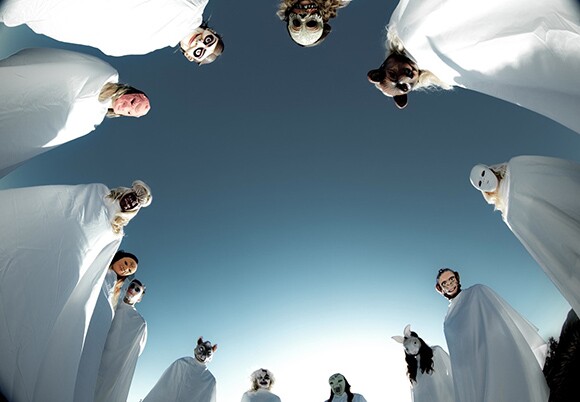

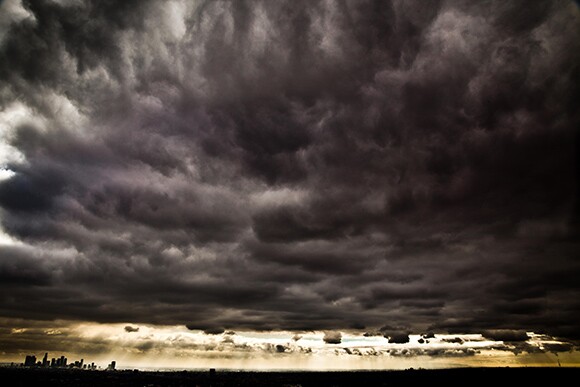
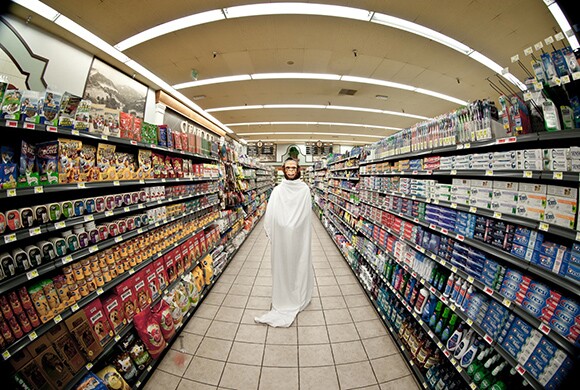
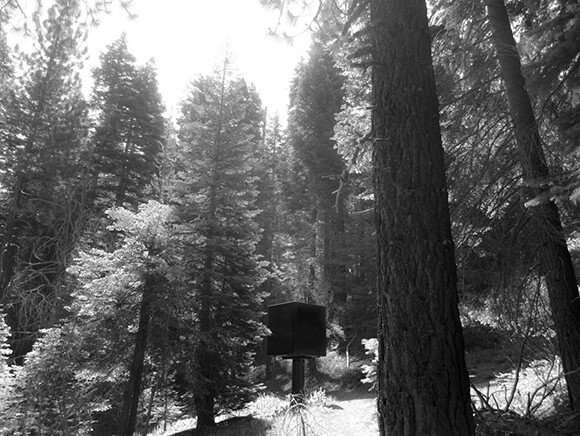
Dig this story? Sign up for our newsletter to get unique arts & culture stories and videos from across Southern California in your inbox. Also, follow Artbound on Facebook and Twitter.


